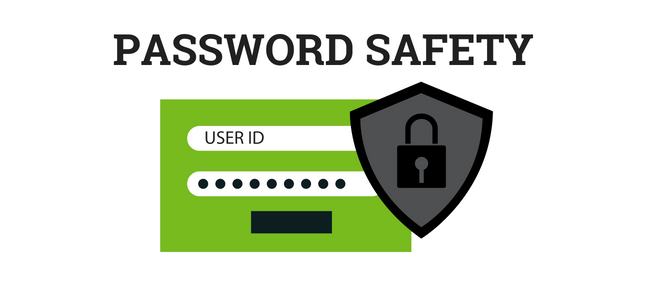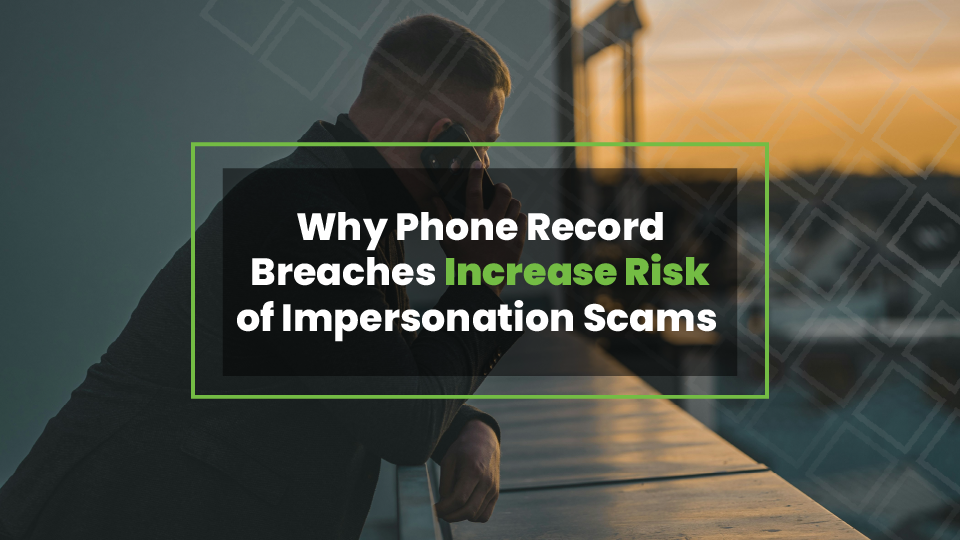Spam Filtering: Why It's Important And How It Works
Once spam hits your email inbox, you become a target. When it comes to technology, humans tend to be the weakest link in most IT security situations....
Five Nines Team : Sep 16, 2024 9:30:00 AM
2 min read

What's your go-to password? We all have one. Is yours secure?
You can test how secure one of your top-of-mind passwords really is by checking it here:
https://haveibeenpwned.com/Passwords
(Yes we just suggested you click a link and put in a password... so if you felt weary, good instincts! We do trust this particular site and tool – here's a more detailed article explaining why.)
Perhaps that test told you that you need a better password or that your password has been detected in online breaches. Do you use that same password for everything?
When users have to make up a password on the spot, two strategies are typically used:
These strategies are great for user convenience, but bad when it comes to security. This is why password managers are highly recommended to break the cycle of bad password practices.
It's something everyone does, probably several times a day - typing in a password. And for 92% of people surveyed by SecureAuth Corp. and Wakefield Research, the same passwords are being typed in for many, if not all of their accounts. While this may seem like the easiest solution to consistent password annoyances, this type of online behavior leads to the 91% of Americans who have experienced an online breach at some point in their life. See the correlation?
Passwords are the key to our digital lives, and users often forget the importance of passwords because of the "inconvenience" they cause when interacting with digital accounts. Your digital data is worth going the extra mile to protect, which is why we recommend the use of password managers to ensure your organization and its employees are maintaining secure password habits.
Having one strong password simply isn't enough anymore with the current threat landscape.
Over time, users have become more digitally connected. The sheer quantity of user accounts required to complete any given business task has increased exponentially. This quickly generated the common habit of creating one password for everything to avoid getting locked out of accounts and decrease time spent creating and remembering account credentials.
While it may be habitual to input the same password for everything, the increase in data breaches from credential exposure or credential theft has made one thing apparent: it's best to have a unique password for every account that requires one, to ensure overall account security.
That's where password managers come into play. These applications assist users in organizing and safely storing passwords. Gone are the days of putting pen to paper or saving in browser – instead, all passwords can be easily accessed and found in one application, with the benefit of browser autofill, mobile apps, and trusted encryption. When logging into an account, all you have to do is retrieve your password for that account from your password manager. These vaults offer a variety of time-saving features like autofill and quick-copy when accessing your protected credentials. Still, this extra 15 to 30-second step can save you time and money in the long run. Not to mention, your accounts are more secure as a result.
Ensuring your employees maintain high security standards is necessary for keeping your organization protected. Five Nines conducts tests internally to monitor user passwords for any potential vulnerabilities on an organizational scale, and employs strong password policies on controlled accounts. Conducting these tests not only provides peace of mind that employee passwords are secure, it also holds employees accountable in keeping password safety top of mind. These tests are conducted along with the use of password managers for an extra boost of security.
Maintaining high security of your IT environment requires time, money, and extra effort. Compromising internal files and data due to poor password practices simply isn't worth it. Take the time to set up a password manager, encourage your organization's employees to adopt and embrace password manager use, and become proactive in mitigating credential theft and compromise in your organization.
It's worth it, we promise. Being prepared for the worst to keeps your organization at its best.

Once spam hits your email inbox, you become a target. When it comes to technology, humans tend to be the weakest link in most IT security situations....
.jpg)
One of the major components of our client's success is the effectiveness of their connectivity. Just as it sounds, connectivity is the state of being...

The AT&T phone record breach – which took place in 2022 and was disclosed July 2024 – affects everyone. Even if you're not an AT&T customer,...